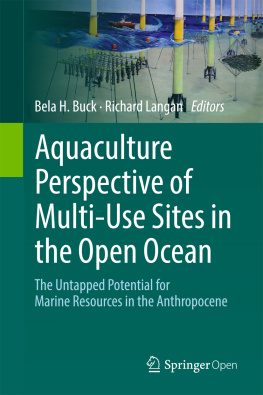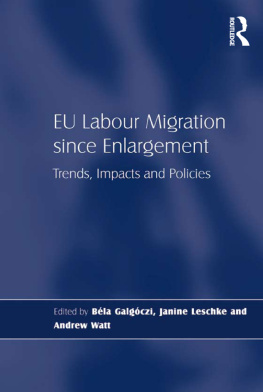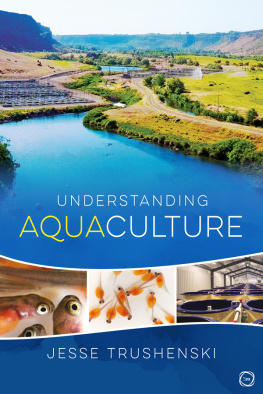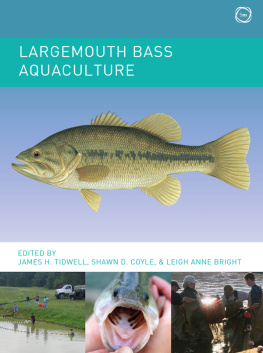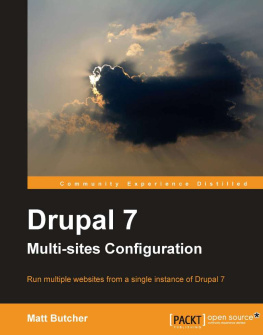1. Introduction: New Approaches to Sustainable Offshore Food Production and the Development of Offshore Platforms
Abstract
As we exhaust traditional natural resources upon which we have relied for decades to support economic growth, alternatives that are compatible with a resource conservation ethic, are consistent with efforts to limit greenhouse emissions to combat global climate change, and that support principles of integrated coastal management must be identified. Examples of sectors that are prime candidates for reinvention are electrical generation and seafood production. Once a major force in global economies and a symbol of its culture and character, the fishing industry has experienced major setbacks in the past half-decade. Once bountiful fisheries were decimated by overfishing and destructive fisheries practices that resulted in tremendous biomass of discarded by-catch. Severe restrictions on landings and effort that have been implemented to allow stocks to recover have had tremendous impact on the economy of coastal communities. During the period of decline and stagnation in capture fisheries, global production from aquaculture grew dramatically, and now accounts for 50% of the worlds edible seafood supply. With the convergence of environmental and aesthetic concerns, aquaculture, which was already competing for space with other more established and accepted uses, is having an increasingly difficult time expanding in nearshore waters. Given the constraints on expansion of current methods of production, it is clear that alternative approaches are needed in order for the marine aquaculture sector to make a meaningful contribution to global seafood supply. Farming in offshore marine waters has been identified as one potential option for increasing seafood production and has been a focus of international attention for more than a decade. Though there are technical challenges for farming in the frequently hostile open ocean environment, there is sufficient rationale for pursuing the development of offshore farming. Favorable features of open ocean waters include ample space for expansion, tremendous carrying and assimilative capacity, reduced conflict with many user groups, lower exposure to human sources of pollution, the potential to reduce some of the negative environmental impacts of coastal fish farming (Ryan ) would seem to present an excellent opportunity for growth, however, development in offshore waters has been measured. This has been due in large part to the spill over from the opposition to nearshore marine farming and the lack of a regulatory framework for permitting, siting and managing industry development. Without legal access to favorable sites and a social license to operate without undue regulatory hardship, it will be difficult for open ocean aquaculture to realize its true potential. Some parallels can be drawn between ocean aquaculture and electricity generation. Continued reliance on traditional methods of production, which for electricity means fossil fuels, is environmentally and economically unsustainable. There is appropriate technology available to both sectors, and most would agree that securing our energy and seafood futures are in the collective national interest. The most advanced and proven renewable sector for ocean power generation is wind turbines, and with substantial offshore wind resources in the, one would think there would be tremendous potential for development of this sector and public support for development. The casual observer might view the ocean as a vast and barren place, with lots of space to put wind turbines and fish farms. However, if we start to map out existing human uses such as shipping lanes, pipelines, cables, LNG terminals, and fishing grounds, and add to that ecological resource areas that require some degree of protection such as whale and turtle migration routes, migratory bird flyways, spawning grounds, and sensitive habitats such as corals, the ocean begins to look like a crowed place. Therefore, when trying to locate new ocean uses, it may be worthwhile to explore possibilities for co-location of facilities, in this case wind turbines and fish and shellfish farms. While some might argue that trying to co-locate two activities that are individually controversial would be a permitting nightmare, general agreement can probably be reached that there are benefits to be gained by reducing the overall footprint of human uses in the ocean. Meeting the challenges of multi-use facilities in the open ocean will require careful analysis and planning; however, the opportunity to co-locate sustainable seafood and renewable energy production facilities is intriguing, the concept is consistent with the goals of Marine Spatial Planning and ecosystem based management, and therefore worthy of pursuit.
1.1 AquacultureA Historical Overview
The transition on land from hunting to agriculture took thousands of years. In the oceans, the transition from capture fishing to modern aquaculture production happened in just two human generations. As late as 1965, a major review did not pay much attention to the potential of aquaculture. Christy and Scott (). We have long since lost sight of the implications and consequences of culturing the landbut a similar process is now taking place at sea and we hardly notice it. As this is a change similar to the agricultural revolution on land which by archaeologists was identified as the Neolithic Revolution, in all of these senses we are living through a Neolithic revolution of the oceans.
The fact that aquaculture, for all practical concerns, is a very recent phenomenon may explain many of its characteristics. The industry has experienced almost exponential growth while it has suffered heavily from the spread of diseases in monoculture farms and has been severely impacted and restructured as a result of boom-and-bust growth, particularly around 1990. What was to the first generation of aquaculture entrepreneurs a business of trial-and-error and reliance on the family and local work force is now a globalized corporate enterprise. Science and public management largely saw their roles in the early period as ones of support and encouragement but have now developed agendas of inquiry and management. Major problems such as feed and access to marine space loom large as future threats to the industry. All of these characteristics identify aquaculture as an industry in an early rather than mature phase of growth.
Aquaculture comprises both fresh and brackish water production as well as marine aquaculture (sometimes called mariculture). There is no clear-cut dividing line between working in the different environments, partly because some of the major cultured finfish such as salmon are anadromous, and partly because of learning and innovation across the sectors. Fresh and brackish water aquaculture are characterised by relatively small-scale operations while marine aquaculture is now dominated by larger scale operations. Since the 1980s, marine aquaculture has contributed between 50 and 60% of global traded production volume with a decreasing trend, while traded value is down from 40 to 32% in 2013 relative to fresh and brackish species (FAO ).

